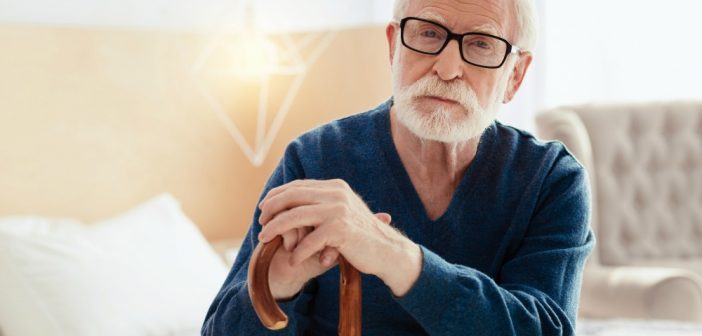The cold winter season can get dreary fast. Fall ends in a heartbeat, followed shortly by freezing temperatures and hazy skies. When the cold forces people indoors, some people may feel more like hibernating for the rest of the winter than others. In Utah, 10 percent of people have a higher risk of getting seasonal affective disorder, or SAD.
Having SAD is more than just feeling a little sad. It is also known as seasonal depression and can cause people to feel hopeless and depressed every year when winter hits. From risk factors to treatment options, here are five things to know about SAD.
SAD has no known cause
Related link: 6 fat-free ways to handle stress
People with SAD may withdraw or hibernate
The symptoms of seasonal affective disorder mirror those of other mental health conditions like depression. Common symptoms include social withdrawal, loss of interest in activities, irritability, fatigue and increased daytime drowsiness. SAD may also cause feelings of guilt or hopelessness, and inability to concentrate and trouble thinking clearly. Unlike typical depression, SAD symptoms usually improve and come back around the same time every year.
Where you live can increase the likelihood of getting SAD
Most people affected by SAD are adults over the age of 20, but people with depression or a family history of depression are more likely to have SAD and may have symptoms earlier. Women are four times more likely to develop seasonal affective disorder than men. The farther a person lives from the equator, the more likely they are to develop SAD. One percent of Floridians have SAD, while 9 percent of New Englanders or Alaskans have the disorder.
Getting outside can help
Sunlight can be an effective therapy for SAD. Symptoms can improve with time outdoors or near a window. A special light can also be used for light therapy to treat symptoms. Spending time with people, getting regular exercise and eating well can also help.
Several lifestyle changes can help improve symptoms, and psychotherapy and medication can help as well. Follow guidance from health providers to find the right treatments.
Don’t skip the doctor visit
Visiting a doctor is the best way to diagnose and treat seasonal affective disorder. A careful mental health exam from a mental health professional will determine whether mood changes are due to SAD or other factors. Anyone feeling sad for days at a time and can’t find the motivation to do things they once enjoyed should see a doctor. This is especially vital if the person is feeling hopeless, suicidal or drinking alcohol excessively to improve their mood.
Related link: When depression strikes: 5 proven ways to fight back
If a person feels depressed every year when winter comes around, it may be more than a coincidence. Seasonal affective disorder can strike anyone, but especially people with depression or a family history of depression. Feeling down can be common for many people, but it isn’t something a person has to deal with on their own. A doctor can help pinpoint the cause of the depressed mood and help find a way out.
This article was originally published by the Daily Herald




